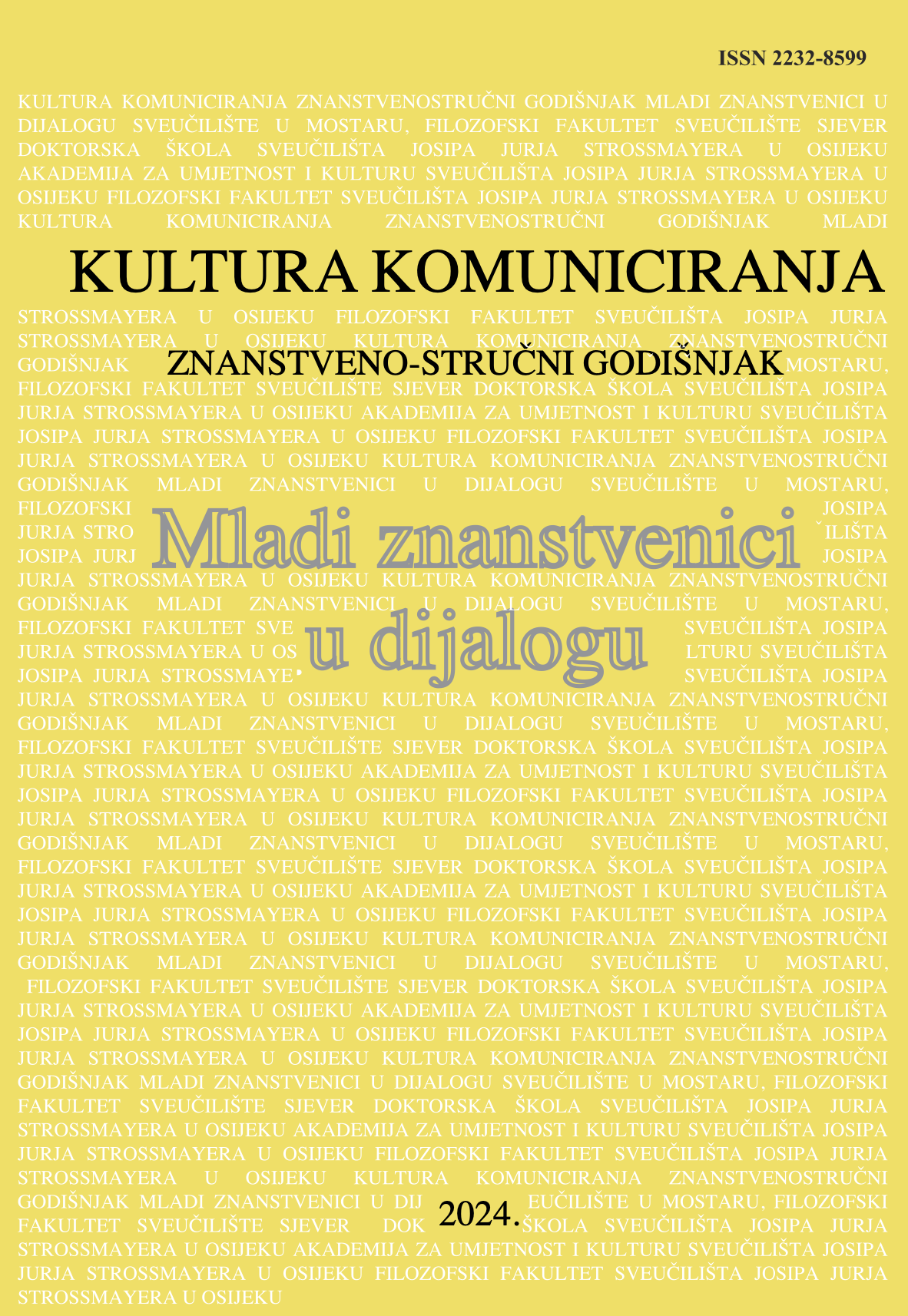MIROVNO OBRAZOVANJE: PUT KA KULTURI MIRA
PEACE EDUCATION: THE PATH TO A CULTURE OF PEACE
Author(s): Fatima MahmutovićSubject(s): Studies in violence and power, Peace and Conflict Studies
Published by: Filozofski fakultet Sveučilišta u Mostaru
Keywords: peace; violence; nonviolence; peace education; culture of peace;
Summary/Abstract: Humanity needs to learn lessons from the past in order to build a better tomorrow; it needs to understand that peace is not something innate but rather something that is learned and developed like many other processes. To achieve peace, we must learn about peace. The main goal of this paper will be to familiarize ourselves with peace education, its forms, content, peace education in policies worldwide, as well as recommendations for peace education in the future. Throughout history, people have taught each other conflict resolution techniques to avoid violence, and therefore, the aim of this paper will also be focused on highlighting the importance of peace education as a process that teaches people about the threats of violence and strategies for peace. Additionally, this paper aims to emphasize the importance of peace educators who strive to build consensus on how peace strategies can bring maximum benefit to a group, society, or community. To understand what peace education is, we must first revisit questions about what peace and violence are, types of violence, as well as the fundamental goal of peace education – the culture of peace. The most important way to promote a culture of peace is precisely through peace education. Peace education should be embraced in all parts of the world, in all societies and states, as a fundamental element in creating a culture of peace. In order to effectively confront the challenges posed by the complexity of our time, today’s youth deserve radically different education: one that does not glorify war but educates for peace, nonviolence, and international cooperation. The paper will also focus on the importance of the nature of peace education, „dictated by the questions that specifically concern a society, as it must be perceived as relevant and functional for societal needs, goals, and concerns“ (Bar-Tal, 2002). This understanding, therefore, allows for the existence of different types of peace education simultaneously because different societies will focus on different issues and different types of peace they are trying to achieve. Let us educate for peace and act for peace so that our future fulfills the promises we seek, because despite the tremendous growth in the 20th century, peace education has not taken root in school systems worldwide.
Journal: Kultura komuniciranja
- Issue Year: 7/2024
- Issue No: 7
- Page Range: 100-122
- Page Count: 23
- Language: Bosnian, Croatian

